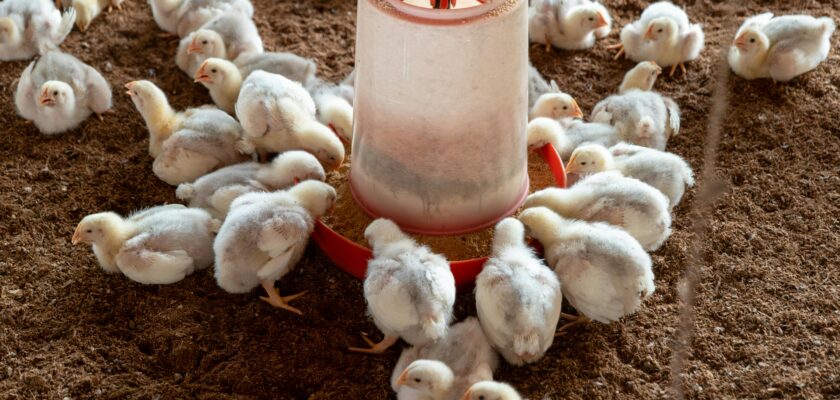Introduction
Raising chickens and roosters in the Philippines has become a rewarding hobby and side hustle for many. But before starting, it’s important to ask: how much do chickens?rooster cost per month in PH? This article breaks down every possible expense—big or small—to give you a full picture of what it takes financially to raise poultry in the country. Whether you’re dreaming of fresh eggs every morning or want to breed for meat or resale, knowing the monthly costs ensures you stay sustainable and profitable.
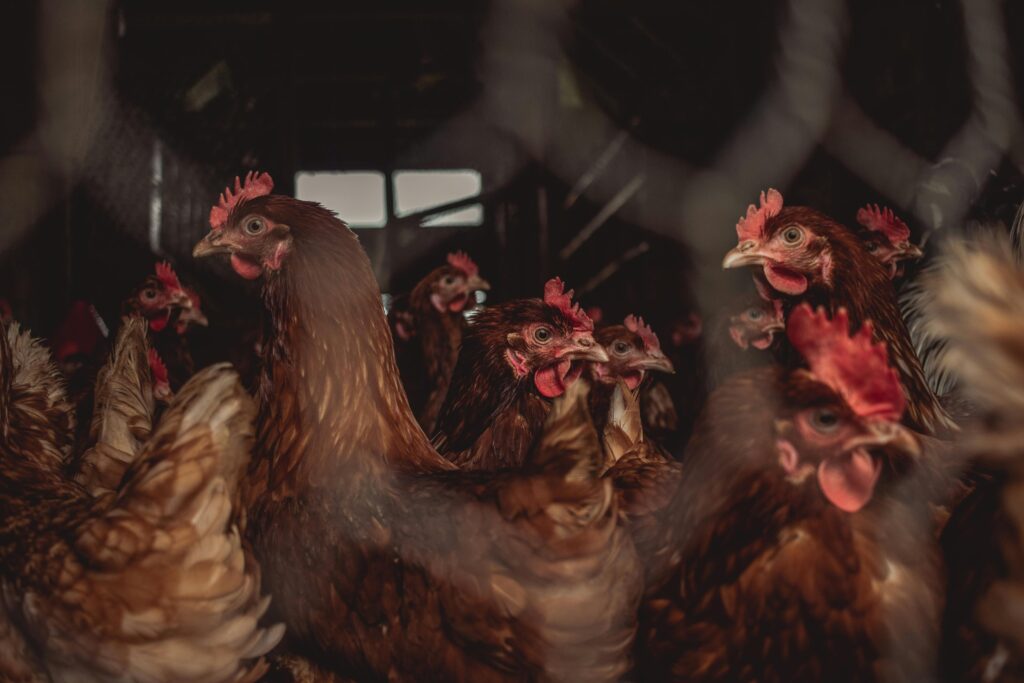
Photo by Will Kirk
How Much Do Chickens?Rooster Cost Per Month in PH?
In general, the monthly cost of raising a single chicken in the Philippines can range from ₱150 to ₱300, while roosters may cost a bit more due to dietary and housing requirements—usually around ₱200 to ₱350. These figures include feed, vitamins, minimal healthcare, and maintenance, excluding the initial setup cost.
If you’re raising a small flock of five hens and one rooster, you might be looking at ₱1,200–₱2,000 per month depending on the quality of care and resources available locally. These numbers can shift depending on whether you’re in a rural barangay or an urbanized area like Quezon City or Davao.
Initial Investment Costs
Buying Chicks vs. Grown Chickens and Roosters
Chicks usually cost around ₱30 to ₱70 each, while fully grown hens may range from ₱250 to ₱450, and roosters from ₱300 to ₱800, especially if they are fighting breeds. Buying chicks is cheaper, but they need time and more care to mature.
Local Breeds vs. Imported Breeds
Native chickens (like Banaba or Darag) are more affordable and resilient. Imported ones like Brahmas or Orpingtons can cost triple but yield more meat or eggs. Choose wisely based on your goal.
Daily Feed and Nutrition Expenses
Types of Chicken Feed and Their Prices
Daily feed makes up the largest monthly expense. A sack of layer mash or grower feed (50 kg) costs about ₱1,300 and can last a flock of 5–7 chickens for a month. Scratch grains, corn, and mash are alternatives to reduce cost.
Supplements, Vitamins, and Organic Options
Vitamins like Vita B-complex, electrolyte mixes, and calcium supplements may cost an extra ₱50–₱200 monthly per flock. Some owners opt for garlic water or moringa (malunggay) for natural health boosts.
Housing and Coop Maintenance Costs
Building or Buying a Chicken Coop
A DIY backyard coop may cost ₱1,000–₱5,000 depending on size and materials used. Store-bought coops are priced higher but are more durable. Include ventilation, roosting areas, and nesting boxes.
Monthly Maintenance, Repairs, and Utilities
Expect to spend ₱100–₱300 monthly for replacing bedding (like sawdust or straw), cleaning supplies, and minor repairs. Electric fans or lighting may slightly raise your electricity bill.
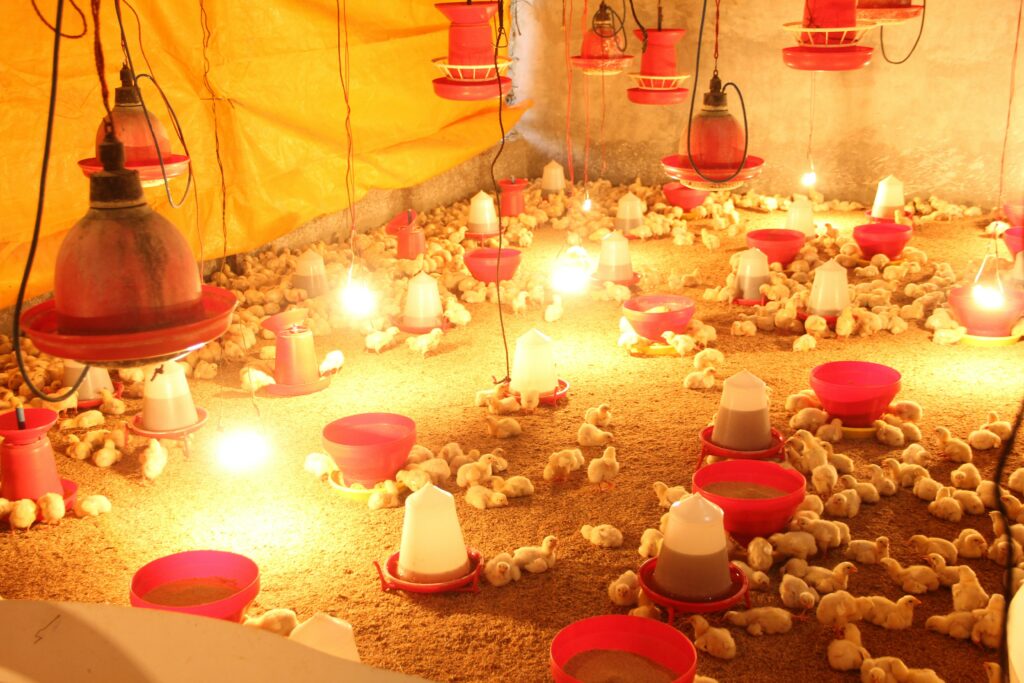
Photo by Ramdas Aswale
Healthcare and Veterinary Expenses
Routine Vaccinations and Disease Prevention
Vaccines against common poultry diseases (like Newcastle or fowl pox) are affordable—around ₱10–₱20 per bird per year. Monthly deworming and regular cleaning keep costs low and chickens healthy.
Emergency Treatments and Parasite Control
Sick chickens may require antibiotics or vet visits, which can cost ₱200–₱500 per occurrence. Mites and lice treatments range from ₱50–₱150 monthly using powders or sprays.
Breeding and Egg Production-Related Costs
Incubation Tools and Nesting Box Materials
Manual incubators can cost ₱2,500 and up, while nesting boxes can be built from recycled materials or bought for around ₱300–₱500 each.
Layer Feed and Egg Collection Tools
Layer feed is slightly more expensive—around ₱1,400 per sack. Egg trays, baskets, and storage may add another ₱100–₱200 in monthly costs.
Seasonal and Climate-Related Costs
Costs During Rainy or Hot Seasons
Rainy seasons demand more bedding and waterproofing materials, which can increase maintenance by ₱100–₱200 monthly. Hot seasons require better ventilation or even small electric fans.
Cooling, Heating, and Flood Protection
Fans or lamps cost more in terms of electricity. Sandbags, raised coops, or slope designs help with flood protection and may require initial investment but lower long-term costs.
Labor and Time Value Consideration
Self-Care vs. Paid Help
If you’re hands-on, labor is free. But hiring someone to manage your flock can cost ₱2,000–₱5,000 monthly for part-time help in rural areas.
Time Management and Opportunity Costs
Time spent on feeding, cleaning, and monitoring can average 30–60 minutes daily. If you’re earning elsewhere, consider how that time could be used instead.
Backyard vs. Commercial Raising: Cost Differences
Small-Scale Household Setup
A backyard flock of 5–10 birds is low-cost and manageable with a ₱1,000–₱2,000 monthly budget. Ideal for fresh egg supply or meat.
Medium to Large-Scale Poultry Operations
With over 20 birds, bulk buying and automation become necessary. Expect to spend ₱5,000–₱15,000 monthly, depending on scale and location.
How to Save on Monthly Chicken Expenses
- Make your own feed from rice bran, vegetables, and corn.
- Buy in bulk or cooperatives to reduce feed costs.
- Use bamboo or recycled wood for coop materials.
- Grow malunggay or kangkong as free chicken greens.
Common Mistakes That Increase Monthly Chicken Costs
- Overfeeding or wasting feed.
- Poor coop design causing exposure to weather or predators.
- Skipping vaccinations, leading to outbreaks.
- Buying too many chickens too soon.
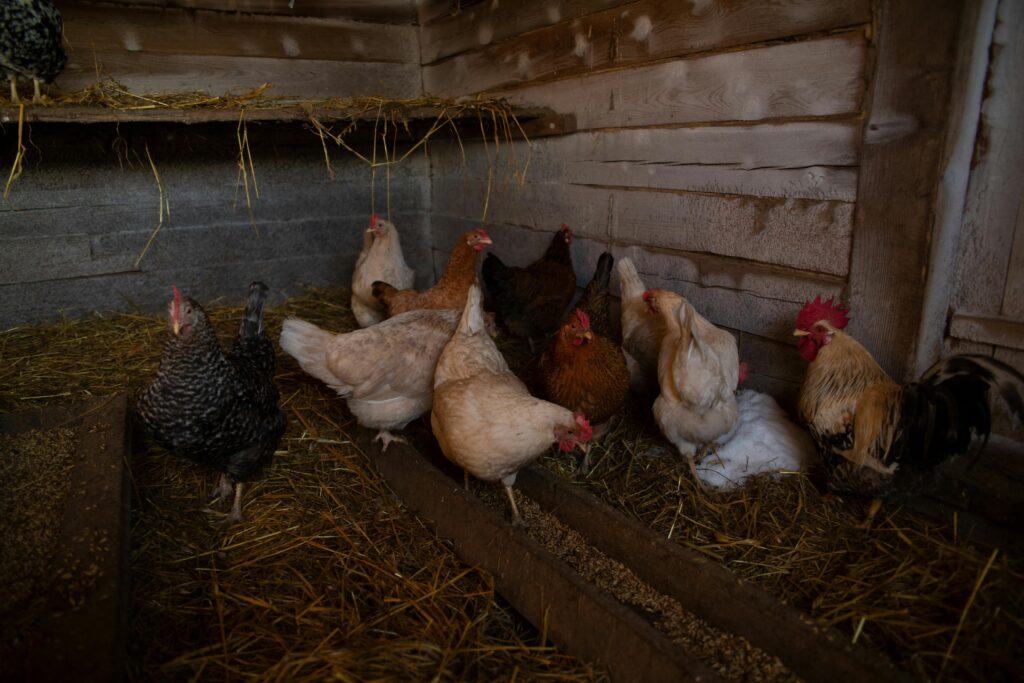
Photo by Ivan Babydov
Return on Investment (ROI) for Small Chicken Owners
Chickens can lay 15–25 eggs a month, worth ₱150–₱250 in local markets. Plus, they provide compostable waste, meat, and pest control benefits. ROI can be achieved in 6–12 months with proper care and low mortality.
Sample Monthly Budget Table (Backyard Setup)
| Item | Estimated Monthly Cost (₱) |
| Feed (1 sack) | 1,300 |
| Vitamins/Supplements | 150 |
| Bedding and Repairs | 200 |
| Water and Electricity | 100 |
| Emergency Healthcare | 200 |
| Total | ₱1,950 |
How to Scale Economically If You Want to Expand
Start small, then reinvest your profit. Automate watering and feeding. Use second-hand materials, and attend local training from the Department of Agriculture for tips and possible funding.
Where to Buy Affordable Chickens and Supplies in PH
- Livestock Auction Markets – Pampanga, Nueva Ecija
- Online Marketplaces – Facebook groups, Shopee
- Local Poultry Supply Stores – Found in public markets
- Farm Cooperatives – Often offer discounts and advice
Government Support, Laws, and Permits in the Philippines
- Register with Barangay and DA for backyard permits.
- Check zoning laws before building large coops.
- Some regions offer free vaccination drives and training workshops for small poultry owners.
Real Experiences from Filipino Chicken Owners
From Quezon City to rural Bukidnon, many say chickens help save on groceries while providing a hobby that teaches responsibility. Most recommend starting with native breeds due to their resilience and low upkeep.
FAQs About Raising Chickens in the Philippines
How much space do I need for backyard chickens?
Each chicken needs at least 2–3 square feet inside a coop and 8–10 square feet outdoors.
Can I raise chickens in urban areas?
Yes, but check local ordinances. Some cities require permits or limit the number of poultry.
Do I need a rooster for hens to lay eggs?
No. Hens lay eggs regardless, but roosters are needed if you want fertilized eggs for breeding.
What do I feed my chickens daily?
Commercial feed, grains, kitchen scraps, and greens. Make sure it’s balanced with protein and calcium.
How often do chickens lay eggs?
On average, 4–6 eggs per week, depending on breed, age, and health.
Are chicken coops necessary?
Yes, for protection from predators and weather, especially during storms or heatwaves.
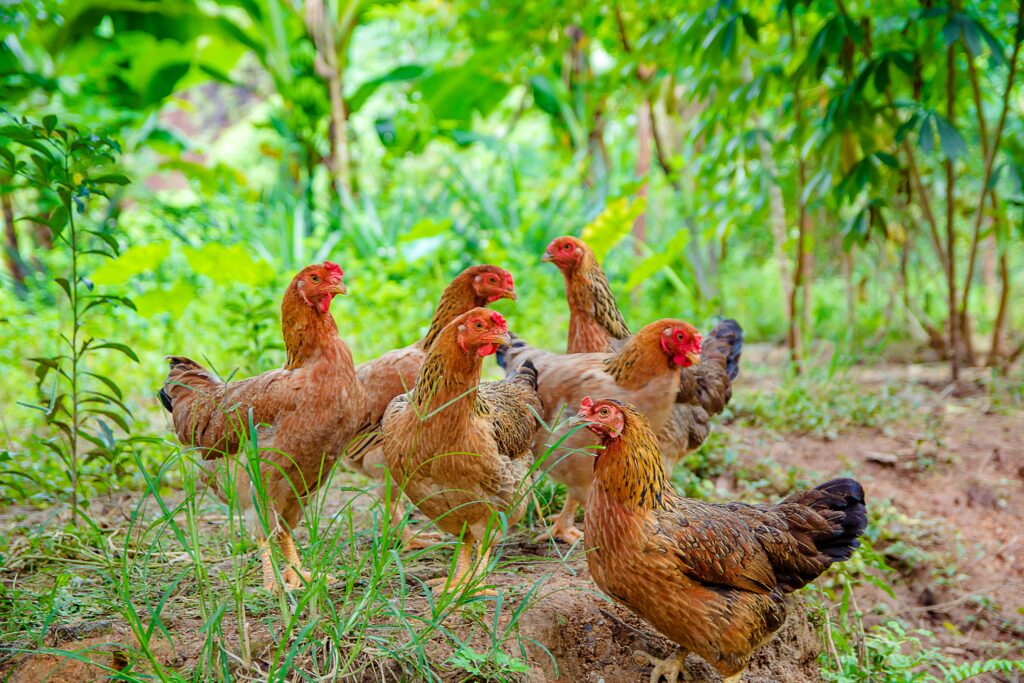
Photo by Thành Đỗ
Conclusion
So, how much do chickens?rooster cost per month in PH?—now you know! With proper planning, the cost is manageable and often outweighed by the benefits of fresh eggs, sustainable meat, and the joy of raising your own flock. Whether you’re doing it for profit, hobby, or both, the key lies in smart budgeting and consistent care. Happy chicken-raising!
